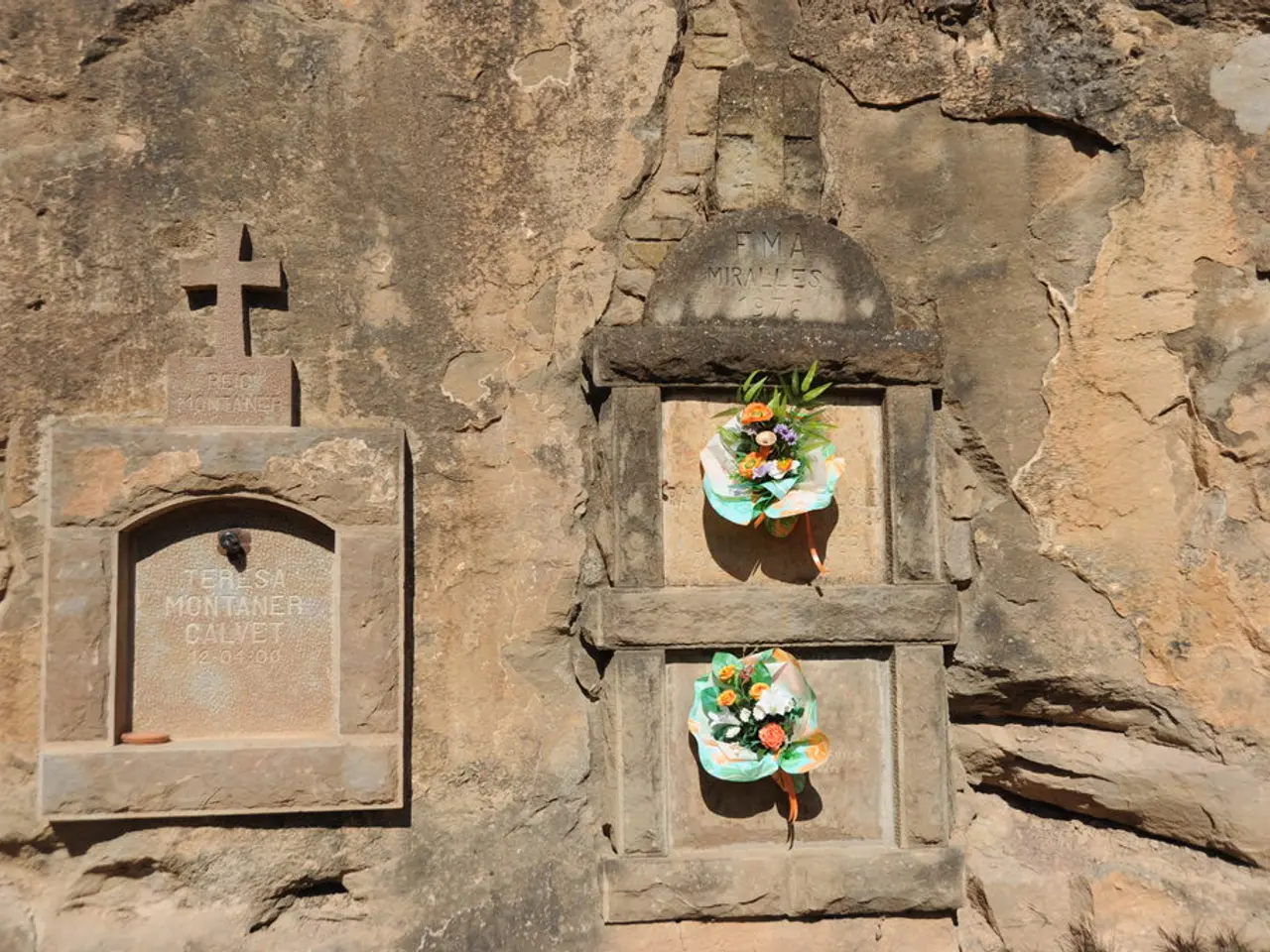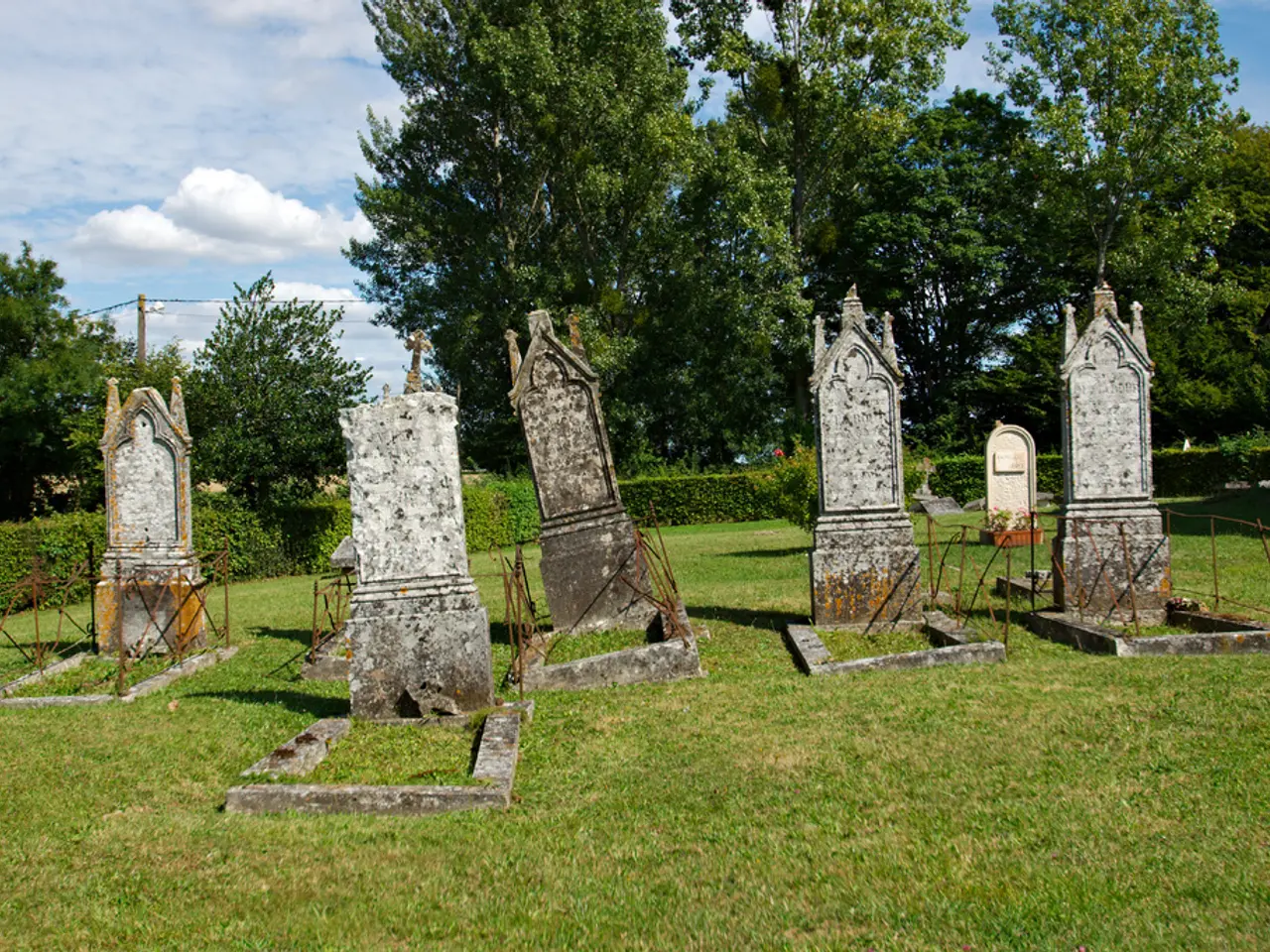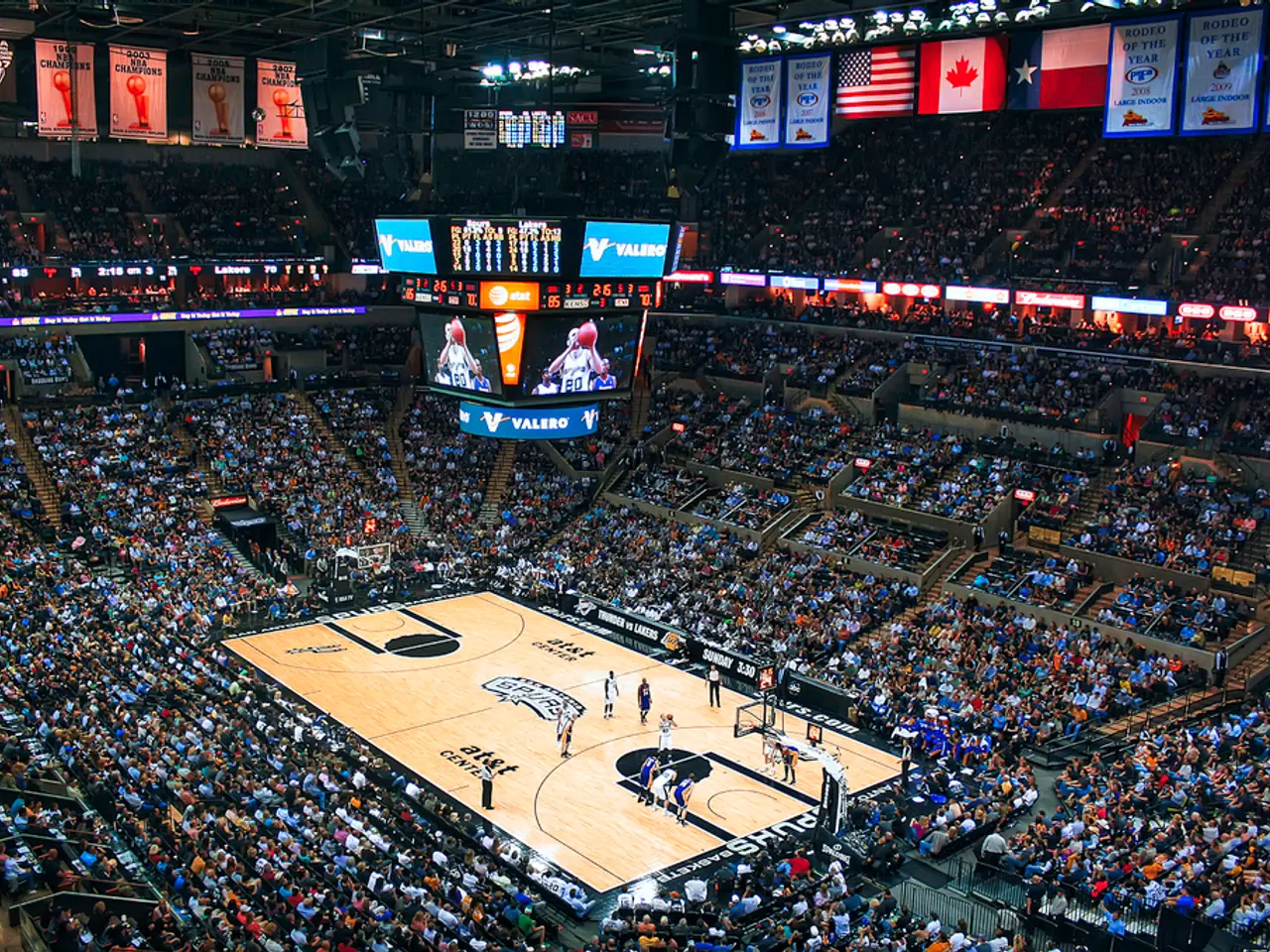Cost of rebuilding Confederate monument razed down will amount to $10 million over a span of 2 years, according to the military estimate.
In a move that has sparked both controversy and debate, the Trump administration has announced its decision to restore and recontextualize the "Reconciliation Monument" in Arlington National Cemetery. This monument, originally installed in 1914, was removed in 2023 following a bipartisan Congressional Naming Commission's assessment that it presented a "nostalgic, mythologized vision of the Confederacy" with sanitized depictions of slavery.
The monument features a bronze female figure atop a pedestal, crowned with olive leaves, representing the American South. Below, Confederate soldiers and Black figures are depicted—one portrayed as a “mammy” holding a white officer’s child and another as a slave following his owner to war. Critics, including retired Army Brig. Gen. Ty Seidule (vice chair of the Naming Commission), have called the monument a “pro-slavery, pro-segregation, anti-United States monument” intended to claim rightness for the white South and wrongness for the United States.
The controversy is both symbolic and political. The removal of the monument aligned with broader efforts after 2020 to reassess Confederate symbols following nationwide protests against racial injustice sparked by the murder of George Floyd. The Trump administration’s reversal is part of a broader initiative, including restoring other Confederate-linked monuments and reverting renamed Army bases, justified by a narrative opposing what is called historical revisionism or "woke" ideology.
The restoration project is estimated to cost roughly $10 million over two years, with plans for the monument's full return to Arlington by 2027. Notably, the base of the monument was never removed to avoid disturbing nearby graves.
The dispute over how American history and culture are portrayed has been an active topic this week. The Smithsonian Museum of American History's decision to revert an exhibit on the presidency to the 2008 era, eliminating any mention of the two Trump impeachments, has sparked discussion about how government-backed institutions present history.
The Trump administration's effort to restore the "Reconciliation Monument" is part of a wider push to combat what it calls "erasing American history." This push includes the National Park Service's announcement that the statue of Albert Pike, a Confederate brigadier general, would resume its previous position in Washington's Judiciary Square.
References:
- New York Times
- Washington Post
- CNN
- USA Today
- The controversy over the restoration of the "Reconciliation Monument" in Arlington National Cemetery, a symbol of the Confederacy, has once again placed war-and-conflicts, politics, and policy-and-legislation under the spotlight.
- The decision by the Trump administration to recontextualize the monument, which many consider a pro-slavery asset, aligns with its broader initiative to reverse previous policy-and-legislation regarding Confederate symbols, a move that has been fiercely debated in general-news outlets such as the New York Times, Washington Post, CNN, and USA Today.
- As the monument's restoration progresses, discussions about the portrayal of American history and culture continue, with the Smithsonian Museum of American History’s decision to omit the two Trump impeachments from its presidential exhibit becoming another hot topic in the broader context of the administration's push to preserve historical assets, including the restored statue of Albert Pike in Judiciary Square.








